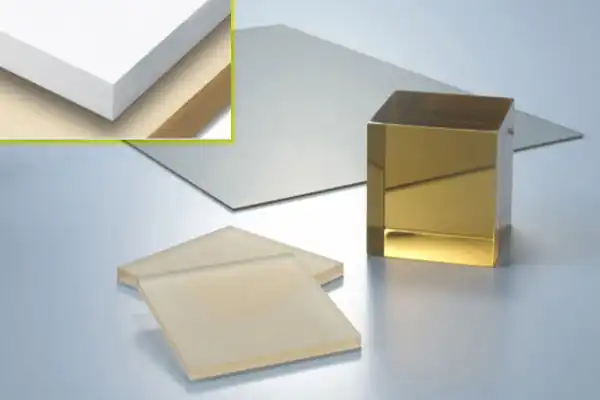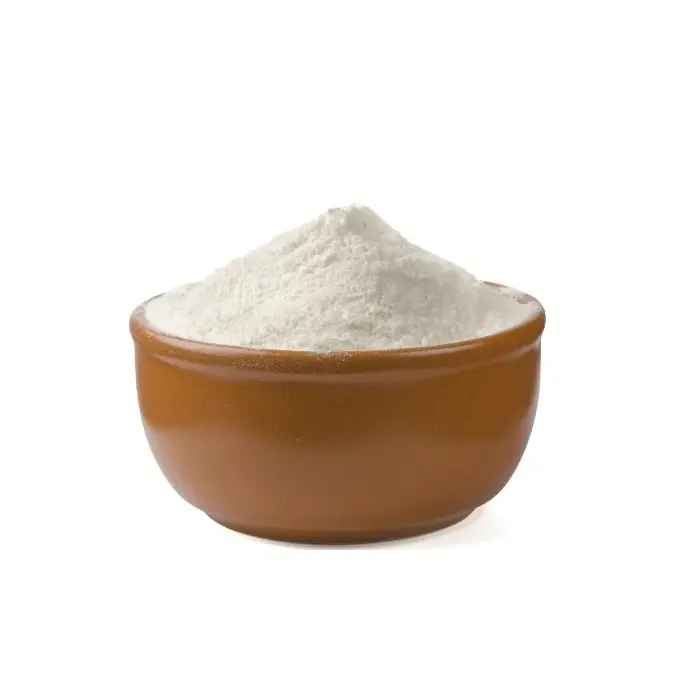Hebei Messi Biology Co., Ltd. said that the effect of magnesium oxide on viscosity is similar to the effect on melting temperature. At low temperatures, the introduction of magnesium oxide can increase the viscosity of microcrystalline glass; at high temperatures, the introduction of magnesium oxide will reduce the viscosity of microcrystalline glass. However, the effect of magnesium oxide to reduce the viscosity will be slowed down with the increase of the added amount, more than a certain amount will increase the viscosity.

Similar to calcium oxide, the effect of magnesium oxide on melting temperature is twofold. On the one hand, magnesium oxide can increase the melting temperature of microcrystalline glass. On the other hand, magnesium oxide can significantly reduce the melting temperature under high temperature conditions. However, this effect of lowering the melting temperature will gradually tend to weaken with the increase of magnesium oxide addition. At the same time, if the amount of magnesium oxide continues to increase until it exceeds a certain amount, it will gradually increase its melting temperature.
Compared with barium oxide and calcium oxide, replacing them with magnesium oxide reduces the coefficient of thermal expansion, but the reduction is relatively small. In contrast to zinc oxide, substituting magnesium oxide increases the coefficient of thermal expansion of the glaze and the microcrystalline glass. Therefore, if you need to reduce the coefficient of thermal expansion of microcrystalline glass, the first thing you should do is to use raw materials that contain mainly silica and boron oxide.
According to Hebei Messi Biology Co., Ltd. magnesium oxide can significantly increase the surface tension of microcrystalline glass, and in this respect, no other element can match magnesium oxide. It must be borne in mind that magnesium oxide has the effect of significantly improving the surface tension of microcrystalline glass, which will become an important idea to guide the research formulation.

